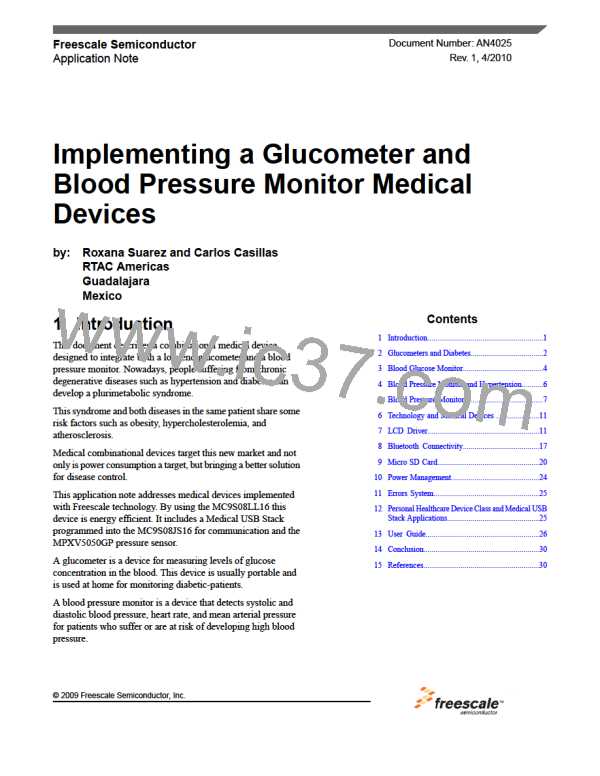Glucometers and Diabetes
2 Glucometers and Diabetes
Diabetes is one of the most common diseases today. It is essential to produce glucometers whose one of many advantages is to
empower diabetics to take care of themselves without the need to visit doctors. Glucometers help to detect and confirm
hypoglycemia and infections. High blood sugar may also be a sign of infection or illness that needs to be treated.
2.1 Diabetes Fundamentals
Diabetes mellitus commonly known as “ diabetes ” is a common health problem throughout the world. It prevents the body
from producing enough insulin, does not produce insulin, produces defective insulin, or has resistance to the same. Insulin is a
hormone produced in the pancreas. According to the World Health Organization statics, the global prevalence of diabetes
mellitus is approximately 155 million people and expected to increase to 300 million in the year 2025. Medical Management
of Diabetes and Heart Disease Book, Marcel Dekker Inc.
Glucometry is a technique that obtains the value of glucose concentration in peripheral or central blood. These values expressed
either in mgr/dl or mmol are important clinical values for metabolic disorders such as diabetes mellitus, denutrition, and other
consequences like hyperosmolar coma, malabsorption syndrome, and most critical hypoglycemia. A glucometer and proper
pharmaceutical treatment is fundamental for glycemic control of diabetic patients. At home, some glucometers include different
kinds of strips to monitor other variables such as ketones which are produced when a patient is experiencing hyperglycemia.
Figure 1 shows a general diagram of a blood pressure monitor. It shows different peripherals for communication between the
user and the device. The most important part is the test strip, this is the sensor to collocate the blood and get a determined
measurement with the analog-to-digital converter (ADC) of the microcontroller unit (MCU). The other peripherals depend on
the designer.
Figure 1. Blood glucose monitor block diagram
2.2 Glucose Sensors
The first step to measure the glucose in the blood is to convert the glucose concentration into a voltage or current signal, this is
possible with special sensor strips for amperometry. The sensor uses a platinum and silver electrode to form part of an electric
circuit where hydrogen peroxide is electrolyzed. The hydrogen peroxide is produced as a result of the oxidation of glucose on
a glucose oxide membrane. The current through the circuit provides a measurement of the concentration of hydrogen peroxide,
giving the glucose concentration.
Implementing a Glucometer and Blood Pressure Monitor Medical Devices, Rev. 1, 4/2010
2
Freescale Semiconductor, Inc.

 FREESCALE [ Freescale ]
FREESCALE [ Freescale ]